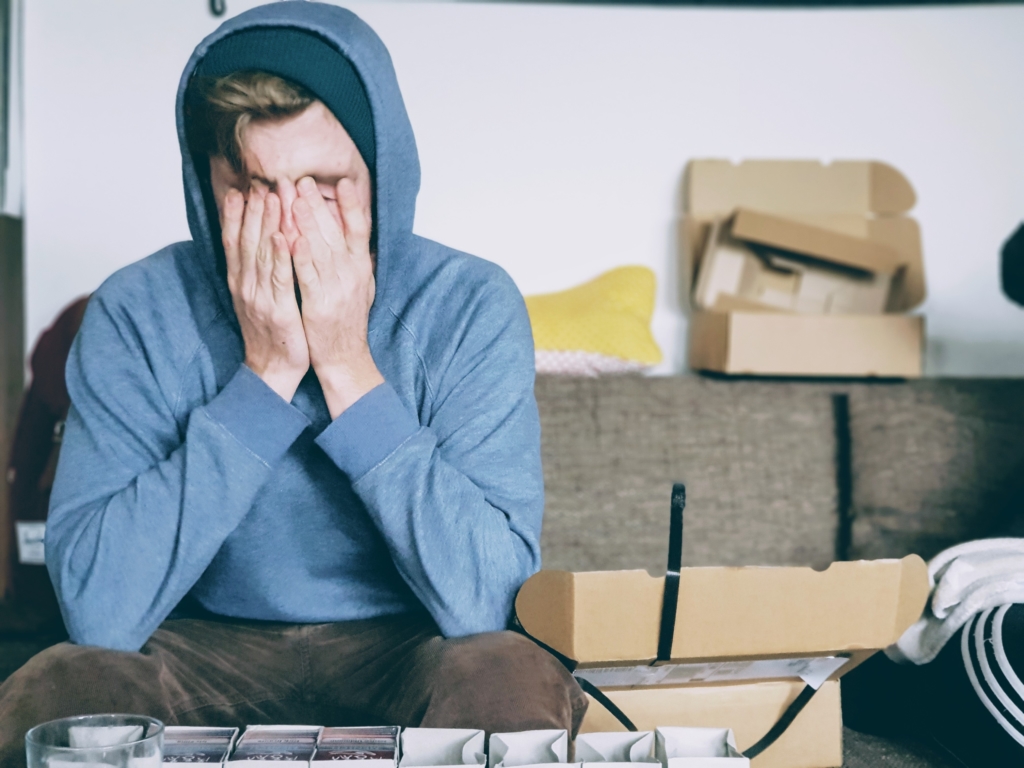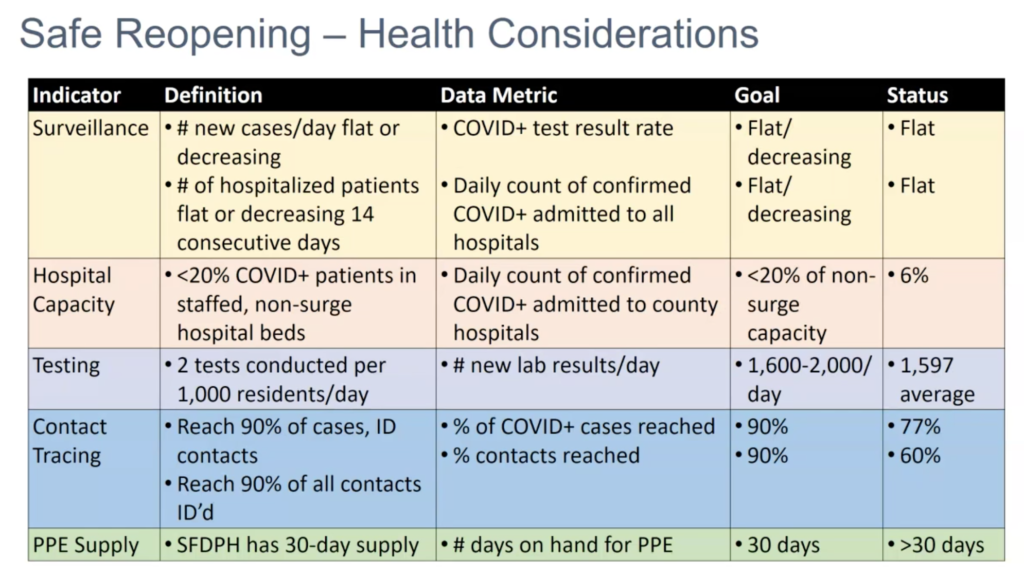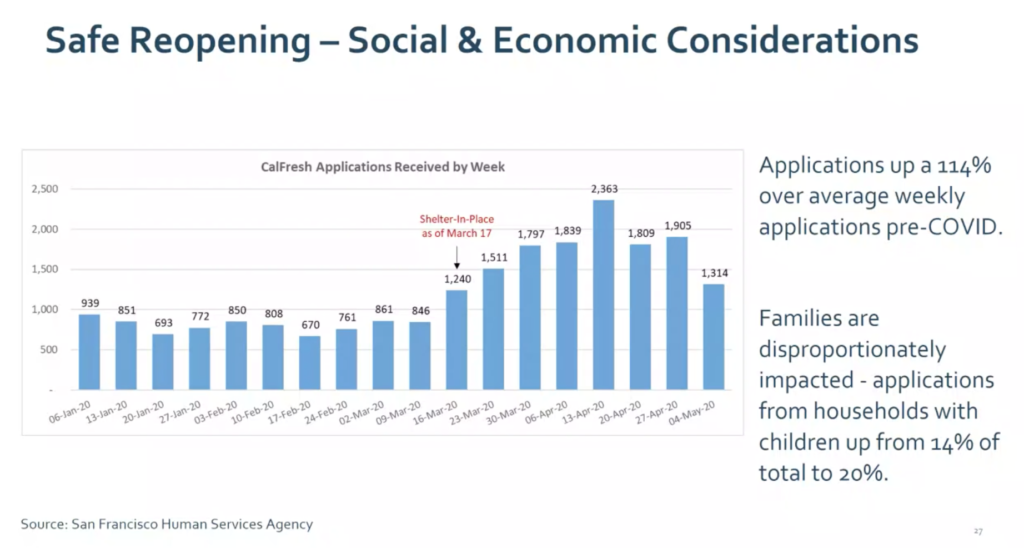From SMART to SMARTER is Not Easy

Photo by Christian Erfurt on Unsplash
Quarantine Fatigue Is Real
I wish I could take credit for the title of this post but that goes to the Atlantic. BTW, they have been doing a fantastic job covering all this. The reason I chose to use it is that everyone I have been talking too is feeling the fatigue, especially those who now look at a screen all day. We need to get SMARTER about how we manage the reopening. This is not going to be easy but there will be a point where quarantine will take a greater toll on people and the economy than COVID-19.
Summary
Yesterday’s meeting presentation (May 14th) is here. There were some interesting graphs that were shared but the best chart is this one. More on it a little later.

Quarantine fatigue is effecting everyone but some more than others. Getting SMARTER about how to manage the reopening will be critical to making the best bad choice guardrails of Shelter In Place and back to the way things “were.” None of these are viable as noted in this article and summed up like so:
“But the choice between staying home indefinitely and returning to business as usual now is a false one. Risk is not binary. And an all-or-nothing approach to disease prevention can have unintended consequences. Individuals may fixate on unlikely sources of contagion—the package in the mail, the runner or cyclist on the street—while undervaluing precautions, such as cloth masks, that are imperfect but helpful.”
The hardest part of managing risk in a complex system is to do simple and quick experiments to navigate the landscape. It’s vital to have a portfolio approach to risk management which means that you take calculated risks given the results of your simple experiments.
For those of us who like to set goals, we have all heard of SMART goals:
- S – Specific: clear and concise goals.
- M – Measurable: the ability to track progress
- A – Achievable: challenging yet achievable.
- R – Relevant: the goal is relevant to the overall plan
- T – Timely: The goal has a target finish time.
This is all well and good but what happens when the actions you take affect others? That’s when you have to get SMARTER, which ads an ER to the above like so:
- E – Evaluate: evaluate the impact of the goal on others and what would happen if you kept on that path.
- R – Recalibrate: recalibrate the next set of goals based on your last goals and the different end state.
How would a SMARTER goal apply to reopening the economy?
Well, If you look at the metrics above, you’ll notice that we’re hitting all our health metrics. These metrics are the primary driver of the ability to open up since it’s the capacity of our healthcare system to deal with COVID-19 that’s a major unknown. Or rather, it will be the healthcare system that will have to handle the surge of COVID-19 patents.
The metrics are SMART in nature and show that Shelter in Place was indeed effective. In fact, our R0 is around 0.94, which is why the Surveillance indicator is flat and we have had a lower case count and death rate. Clearly, Shelter in Place flattened the curve.
SMARTER Goals Applied to Healthcare Capacity
There will be a point where quarantine fatigue and the economy being shutdown will be a bigger problem then COVID-19. It’s unclear when exactly that will be but it’s clear that the longer the quarantine is in place, the harder it will be on us, and the harder it will be to recover.
If you take the healthcare capacity as a major knob in the opening, then reframing that capacity could enable a quicker opening. As an example, if you took the last four parameters above, Hospital Capacity, Testing, Contact Tracing, and PPE, and 10x their capacity, would that mean we could open quicker?
Or what if healthy people with none of the comorbidity factors were free to do more. It might not be the most politically correct thing to do but even a partial opening would help the recovery process.
We are in uncharted waters right now. There are lots of reopening experiments going on around the world. Of course, each place is different and
Jobs and Business Support
- Stop saying “back to normal.” Instead of wanting the past back, want the future sooner. “Back to normal” is a dangerous nostalgia. Like a fire that liberates pinecones lying in wait on the forest floor, this crisis is both a great tragedy and a chance for rebirth.
- COVID-19: Implications for business: As the reopening of economies continues across much of Europe and North America, it’s worth taking stock of the epidemiological situation and trends that will define the months ahead. At the time of this writing, the official counts of cases and deaths from COVID-19 have passed four million and 280,000, respectively. Recent studies have made increasingly clear that each of these figures is a significant underestimate. Population antibody surveys suggest that official counts are underestimating the true number of cases by a factor of five or more (although in several cases the methodology has been called into question)
Vulnerable Populations/Population Health
- Quarantine Fatigue Is Real: Instead of an all-or-nothing approach to risk prevention, Americans need a manual on how to have a life in a pandemic. Public-health experts have known for decades that an abstinence-only message doesn’t work for sex. It doesn’t work for substance use, either. Likewise, asking Americans to abstain from nearly all in-person social contact will not hold the coronavirus at bay—at least not forever.
- ‘Zoom fatigue’ is taxing the brain. Here’s why that happens: Video calls seemed an elegant solution to remote work, but they wear on the psyche in complicated ways.
Economic Development
- Tech Workers Consider Escaping Silicon Valley’s Sky-High Rents: After major companies announce their employees won’t need to come in, many are recalculating the cost of living near the office.
Things to Ponder or Give a Try
- 10x Thinking: Ask the question, how can we go 10x faster or get 10x more capacity? Even if you can’t make the 10x goal.
Interesting Chart(s)

I was particularly disheartened by this chart because of how many children are hungry. In good times, this is awful. It’s only going to get worst.
Want to Learn More or Help?
Go over to the COVID-19 Economic Recovery Task Force (ERTF) page for more information. If you have not already done so, please take this survey to tell the task force your thoughts on how we can recover from this.
The Task Force is charged with guiding the City’s efforts through the COVID-19 recovery to sustain and revive local businesses and employment, mitigate the economic hardships already affecting the most vulnerable San Franciscans, and build a resilient and equitable future.
